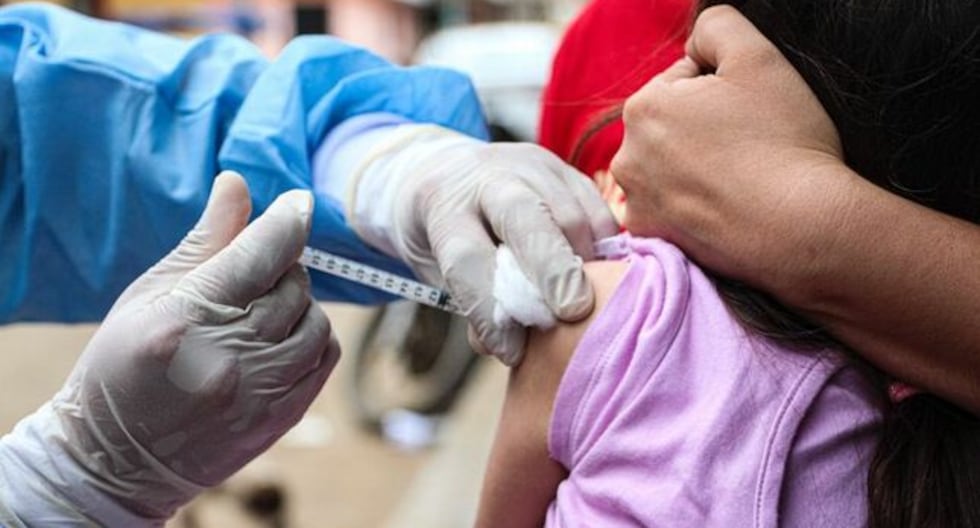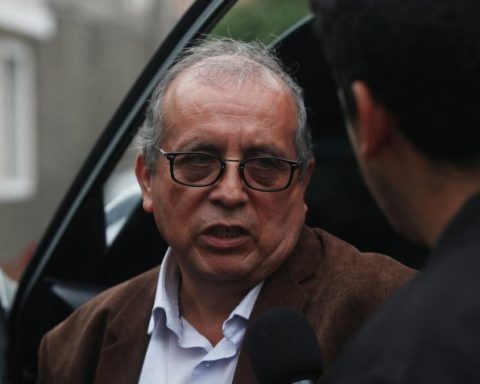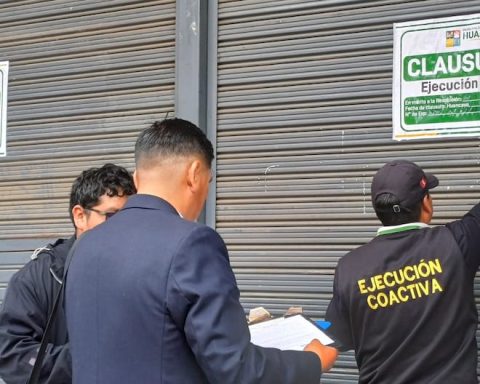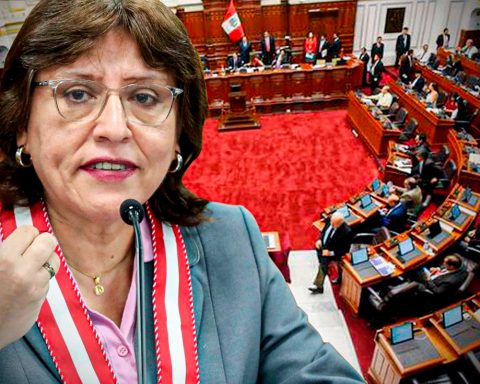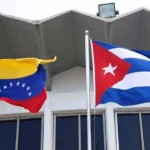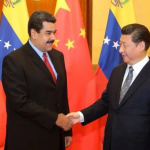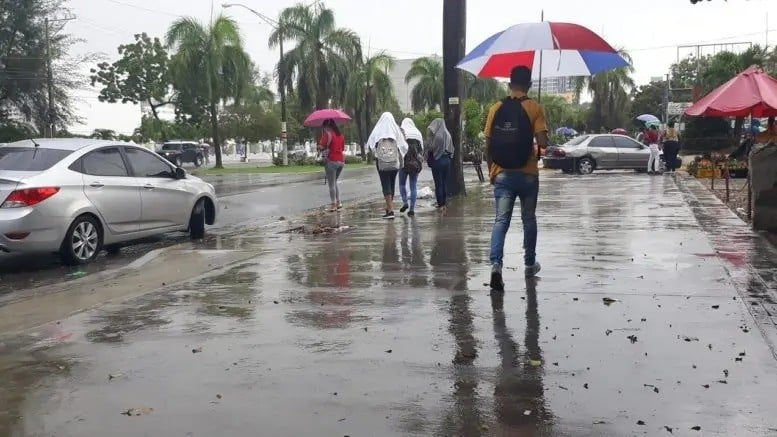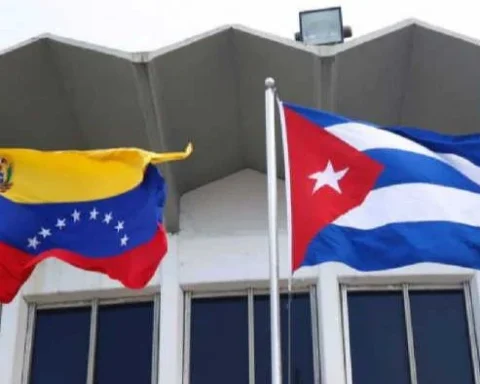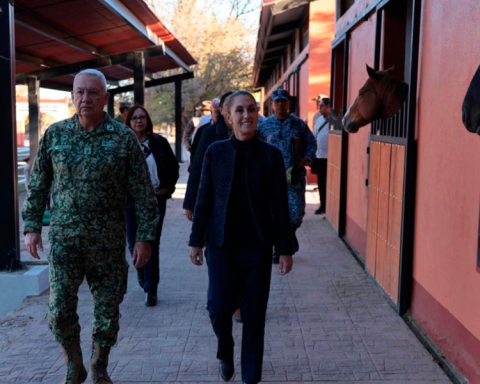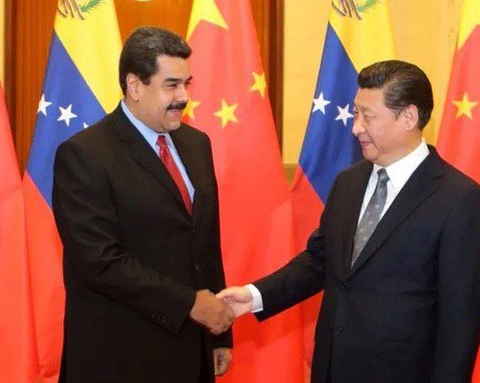Poliomyelitis is a devastating disease that, thanks to vaccination, has already been controlled worldwide. Peru is no exception; However, relaxing vaccination efforts could lead to a new outbreak in the country. According to the National Institute of Statistics and Informatics (INEI), only 82.5% of children under 12 months have received three doses of the polio vaccine.
LOOK: The United States issues a security alert to its citizens in Lima due to a wave of robberies
According to the National Center for Epidemiology, Prevention and Disease Control of the Ministry of Health (Minsa), Peru has been polio-free since 1991. This milestone was achieved thanks to an aggressive vaccination campaign throughout the country, which allowed this terrible disease to be eradicated.
New contagion in Peru after 30 years
Thirty years after the Pan American Health Organization (PAHO) declared Peru free of polio, an infection was reported in Loreto, in a child who had not been vaccinated. This case once again raises a warning signal about the low vaccination rates and the precarious living conditions of the population, given that the virus spreads mainly in “areas with poor hygiene and poor sanitation systems” according to the WHO.
“Polio is a very serious and contagious disease that can cause death or leave very severe injuries in affected patients. It is important not to spoil the efforts of thousands of health professionals to eliminate this virus from the country. To do this, the key is to continue with a proactive vaccination strategy,” said Daniel Escobar, Medical Lead at Sanofi for Latin America.
What is polio?
Poliomyelitis is a highly contagious disease caused by the virus of the same name. Although in the vast majority of cases it is asymptomatic, when it presents symptoms it can be devastating.
According to PAHO, between 5 and 10% of infected patients present flu-like symptoms. However, in less than 1% of cases, the virus can destroy parts of the nervous system, causing permanent injury or even death.
Polio is usually spread through infected sewage, but cases have also been detected through respiratory secretions.
Vaccination
The vaccine is the only solution against polio, but that does not mean that this method cannot be improved. Since 1991, enough progress has been made to develop an even more effective vaccine.
The traditional oral vaccination, which is still maintained in several places, has the peculiarity that, when the activated virus is administered, the person can expel it in their excretions, opening the possibility of infection in rare cases. In fact, in the last 20 years, eight cases of poliovirus derived from the oral vaccine have been detected.
How to eradicate polio?
The most effective alternative is the acellular hexavalent vaccine which, when inoculated by injection, avoids the risk of the oral vaccine. In addition, it protects against polio and five other infectious diseases.
“Prevention strategies in the health area always aim to improve people’s protection and reduce, even more, any type of risk. Acellular hexavalent vaccines are a milestone that guarantee greater safety for the baby and, in addition, being acellular, they generate fewer adverse effects, such as inflammation or symptoms,” concluded Dr. Escobar.
